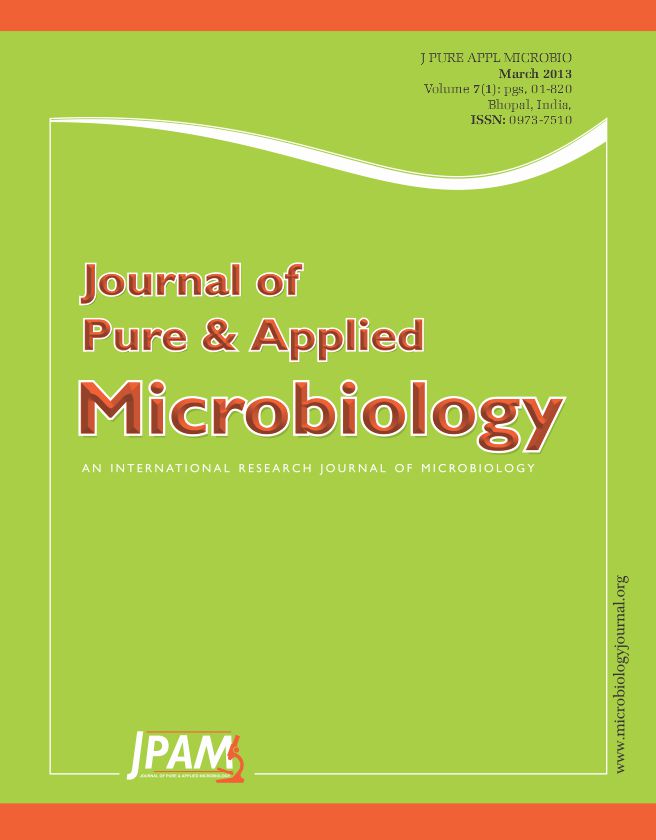The uptake process, cellular and extracellular distribution of n-octadecane during the metabolic process as well as substrate metabolic kinetic were studied by using isotope tracer technique. Bacteria was isolated from crude oil contaminated soil and identified. The results showed that uptake of [14C] n-octadecane was immediate when no metabolic process occured. Cellular [14C] increased non-linearly to maximum value at 0.19±0.0022 µmol·L-1, which taken account of 53% of total octadecane in the broth. However, efflux that remove accumulated octadecane from bacterial cell membranes caused the amount of cellular [14C] declined to steady level. Supplement of NaN3 prevented the influx and efflux of octadecane which indicated that uptake of octadecane was ATP dependent. During metabolic process, total [14C] n-octadecane in the broth decreased as time went on, and cellular [14C] took account of 40% to 50% of total [14C]. Kinetic analysis showed that the metabolic of n-octadecane was non-linear with an apparent dissociation constant Km of 9.9926 µmol·L-1 and Vmax of 0.1612 µmol·L-1·h-1. Meanwhile, no efflux of cellular octadecane was observed during the metabolism process for accumulated [14C] n-octadecane might be nontoxic to cells of Bacillus sp.DG24. All of these findings suggested that Bacillus sp.DG24 could mediate cellular n-octadecane through efflux to avoid the toxic effect of substrate, which influenced the cellular and extracellular n-octadecane distribution obviously before metabolic process begin.
Bacillus, n-octadeane, uptake, metabolic, cellular/extracellular, efflux
© The Author(s) 2014. Open Access. This article is distributed under the terms of the Creative Commons Attribution 4.0 International License which permits unrestricted use, sharing, distribution, and reproduction in any medium, provided you give appropriate credit to the original author(s) and the source, provide a link to the Creative Commons license, and indicate if changes were made.


